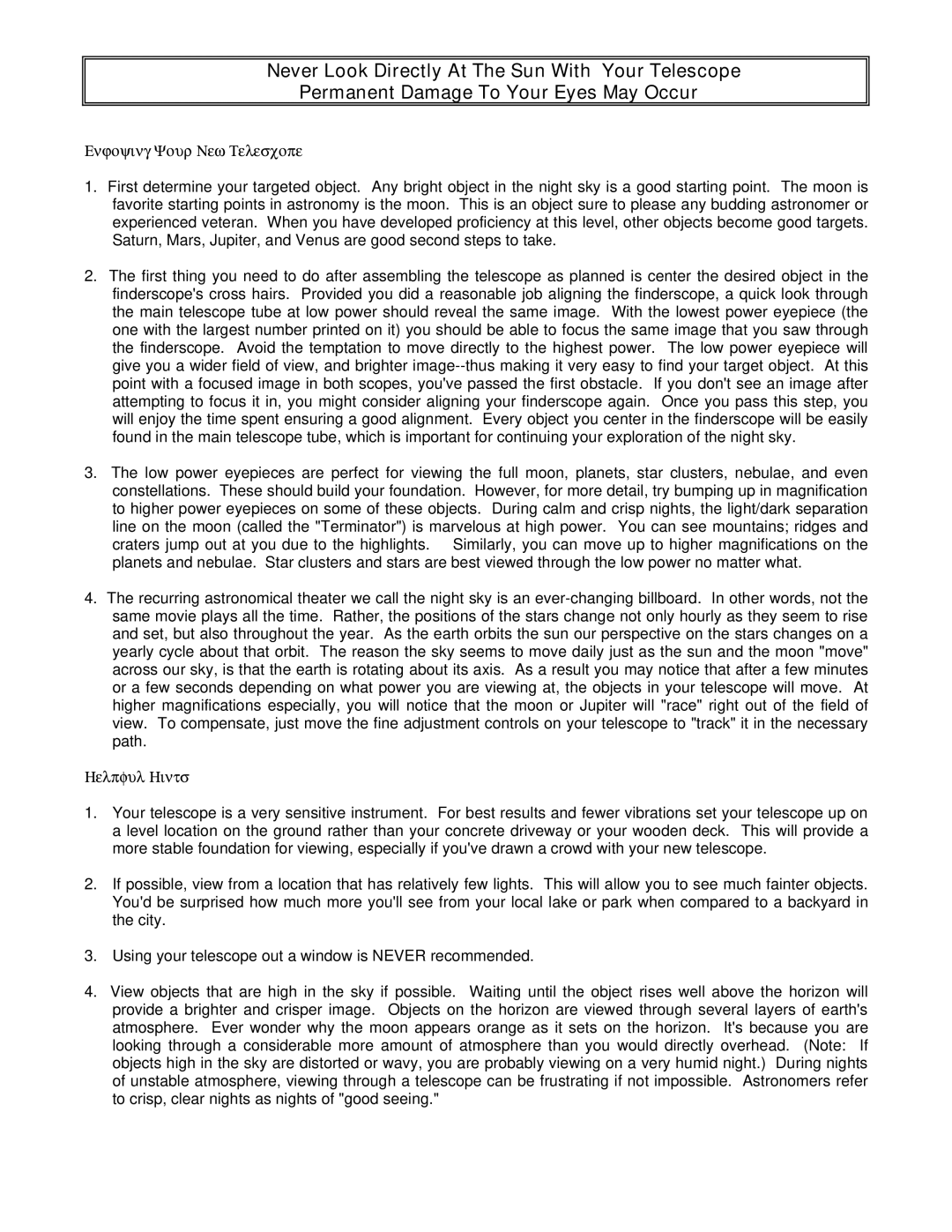78-9570 specifications
The Bushnell 78-9570 is a versatile, high-performance binocular designed for outdoor enthusiasts and nature observers. Popular among birdwatchers, hikers, and sports fans, this model combines advanced optics with user-friendly features, delivering exceptional clarity and brightness even in challenging lighting conditions.One of the standout features of the Bushnell 78-9570 is its 7x magnification paired with a 50mm objective lens. This configuration strikes an ideal balance between magnification and field of view, allowing users to spot distant subjects while maintaining a wide perspective. The 50mm lens diameter ensures ample light transmission, resulting in bright, detailed images that are sharp from edge to edge.
The optics of the Bushnell 78-9570 are crafted with multi-coated technology, enhancing light transmission and producing vivid colors. The prisms used in these binoculars are designed to correct distortion and provide a clearer image, allowing users to appreciate the fine details of their surroundings. This makes it particularly suitable for dawn and dusk observations when lighting is less than ideal.
Comfort is also a crucial aspect of the Bushnell 78-9570. The ergonomic design, combined with the textured rubber armor, ensures a secure grip and protects the binoculars from rough handling or accidental drops. The binoculars are also lightweight, making them easy to carry during long hikes or birdwatching excursions.
Another significant characteristic is the waterproof and fog-proof construction. With O-ring sealing and nitrogen purging, the Bushnell 78-9570 is engineered to withstand various weather conditions, allowing users to enjoy their adventures without worrying about moisture damage or internal fogging.
The twist-up eyecups offer additional comfort for users wearing glasses, ensuring that everyone can take full advantage of the field of vision without compromising on experience. Additionally, the large focus wheel enables fast and precise focus adjustments, making it easier to track moving subjects.
In conclusion, the Bushnell 78-9570 is an excellent choice for anyone in need of robust, feature-rich binoculars suitable for a variety of outdoor activities. With its powerful magnification, high-quality optics, and durable design, this model is designed to perform reliably in the field, making it a trusted companion for nature lovers and adventurers alike. Whether you’re on a hike, at a sporting event, or simply observing wildlife, the Bushnell 78-9570 delivers exceptional performance that enhances the overall experience.
